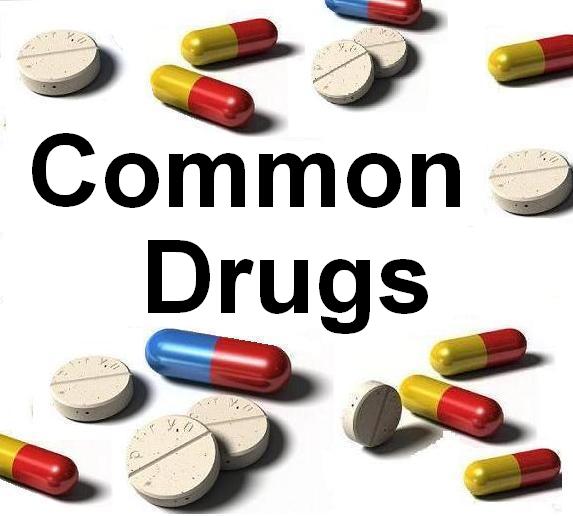
Preview This Course
California Board Approved
CAB Category 1
Out of
1
Reviews
|
Understanding chemical dependence from an AOM perspective module 2: Common drugs
by
Katherine Berry
Aim
This module provides a comprehensive overview of a range of different drugs. Alcohol, tobacco, prescription medications and illicit drugs are all pharmacologically diverse with different abuse liability potential. They belong to different drug classes, affect different neurological pathways and organs - with different effects and health consequences.
Overview
Specific information about a range of commonly used drugs, their effects and appropriate management is provided. This includes:
- Drug class: that is the type of drug and neurobiological mechanism of action.
- Route of administration: how the drug is used, how it enters the blood stream, the speed of onset and intensity of its effects.
- Effects: the desired effects as well as unwanted effects or health consequences.
- Abuse liability potential: how ´´likeable´´ a drug is and what makes it addictive. This is determined by the drug´s speed of onset, intensity of effects and duration of action and excretion.
- Toxological complications: longer term health risks, negative effects at higher doses and overdose.
- Minimizing risks: strategies to minimize the health risks and reduce other drug related harms.
- AOM perspective: each drug is profiled within an acupuncture and oriental medicine theoretical framework.
- Drugs: Alcohol, tobacco, cannabis, benzodiazepines (prescritption sedatives).Central Nervous System stimulants (amphetamines, ecstasy and cocaine), opioids (heroin), hallucinogens, inhalants and solvents (e.g. glue). We also briefly look at drug use during pregnancy.
Chemical dependence is a fascinating area of medicine. The pharmacological and psychological issues are complex and diverse and outcomes vary greatly and depend on all available sources to provide support and care.
Topics:
-
Tolerance and withdrawal
-
AOM theory of chemical dependence
-
Alcohol
-
Tobacco smoking
-
Cannabis
-
Benzodiazepines
-
CNS stimulants
-
Hallucinogens
-
Opioids
-
Inhalants and solvents
-
Drug use in pregnancy
|